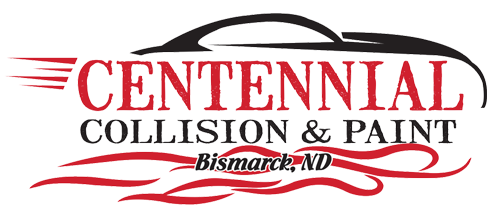FAQs
Centennial Collision & Paint
Have an auto collision or glass-related question? We have the answer. Check out these FAQs and give us a call today for more information!
-
Do I need an appointment to get an estimate?
No. You can stop by Centennial Collision & Paint between the hours of 8 am-5 pm Monday-Friday. We have a drive-through estimating bay for your convenience.
-
Do you offer free estimates?
Centennial Collision & Paint offers free estimates.
-
Will you work with my insurance company?
Centennial Collision & Paint works with all insurance companies.
-
Do you warranty your work?
Centennial Collision & Paint offers a warranty for as long as you own the car.
-
Am I required to utilize the auto body shop recommended by my insurance company?
No, you can choose any auto body repair shop you want. Using the recommended shop may have some benefits like a streamlined process and cost savings through agreements between the insurer and the shop. Feel free to select a shop you trust and feel comfortable with. Make sure the shop you choose provides quality work. We work with all insurance companies. Visit us today for a free estimate.
-
What is PDR?
PDR stands for " paintless dent removal” or “paintless dent repair." This method is used to repair minor dents and dings on the body of a vehicle without having to repaint the affected area. There won’t be any sanding, filling, or repainting of the damaged area. Our PDR technicians use specialized tools to gently massage the dent out from the inside, preserving the paint finish. This technique is faster and more cost-effective than traditional repairs. It’s great for small to medium-sized dents caused by hail, door dings, or minor collisions. It is preferred by both car owners and insurance companies because it maintains the vehicle's original paint and finishes. We specialize in paintless dent repair for door dings and hail damage.
-
What are the steps for fiberglass boat repair in Bismarck, ND – Mandan, ND?
Repairing fiberglass jet ski or boat bodies usually involves several steps:
- Assessment: Extent of the damage is assessed to determine the best way to repair it.
- Cleaning: Damaged area is cleaned to remove debris, dirt, or loose fragments.
- Preparation: Damaged area is prepared by sanding or grinding away any damaged or delaminated fiberglass and creating a smooth surface so the repair materials adhere to the damaged area.
- Applying fiberglass resin and cloth: Fiberglass resin that’s often mixed with a hardener is applied to the damaged area. Layers of fiberglass cloth or mat can be added to reinforce the repair and build up thickness.
- Curing: Fiberglass resin will cure and harden, requiring a specific timeframe depending on the type of resin used and environmental conditions.
- Sanding and shaping: After the repair has cured, it will be sanded down to blend with the surrounding area to achieve the desired shape.
- Finishing: Repaired area can be painted or gel-coated to match the rest of the jet ski or boat’s finish.
For more complex repairs including structural damage or extensive cracks, you may need professional guidance. At Centennial Collision & Paint, we specialize in fiberglass repairs for boats, jet skis, and all watercraft.

Share On: